Why is Google AI so restrictive
The Challenges of Google AI: Navigating Restrictions in Creative Tools
In today’s rapidly evolving landscape of artificial intelligence, Google’s Gemini is generating buzz for its impressive capabilities. Many users, myself included, have found that it offers superior assistance compared to ChatGPT, particularly in professional settings. However, there are notable limitations that can hinder creativity and practicality, particularly concerning the generation of images and videos.
One of the primary frustrations lies in the strict restrictions around the content that can be created. For instance, any imagery involving real people is off-limits, which significantly narrows the scope for projects in industries like healthcare or beauty. Working for a company that offers Botox treatments, I often encounter obstacles when attempting to illustrate the effects or side effects of our products through visual content—an essential aspect of communicating our services effectively.
While it’s clear that Google AI has immense potential, it’s equally evident that these constraints can be quite limiting. The ability to produce realistic and relevant visual content could greatly enhance user experience and output quality. This juxtaposition of advanced AI capabilities with stringent restrictions raises important questions about the balance between safety, creativity, and freedom in the evolving world of AI-generated content.
As we continue to explore these technologies, it’s imperative for developers to consider not only the ethical implications of their tools but also the actual needs of the users. With the right adjustments, the full potential of AI could be realized, providing users with the creative freedom necessary to innovate and inspire.
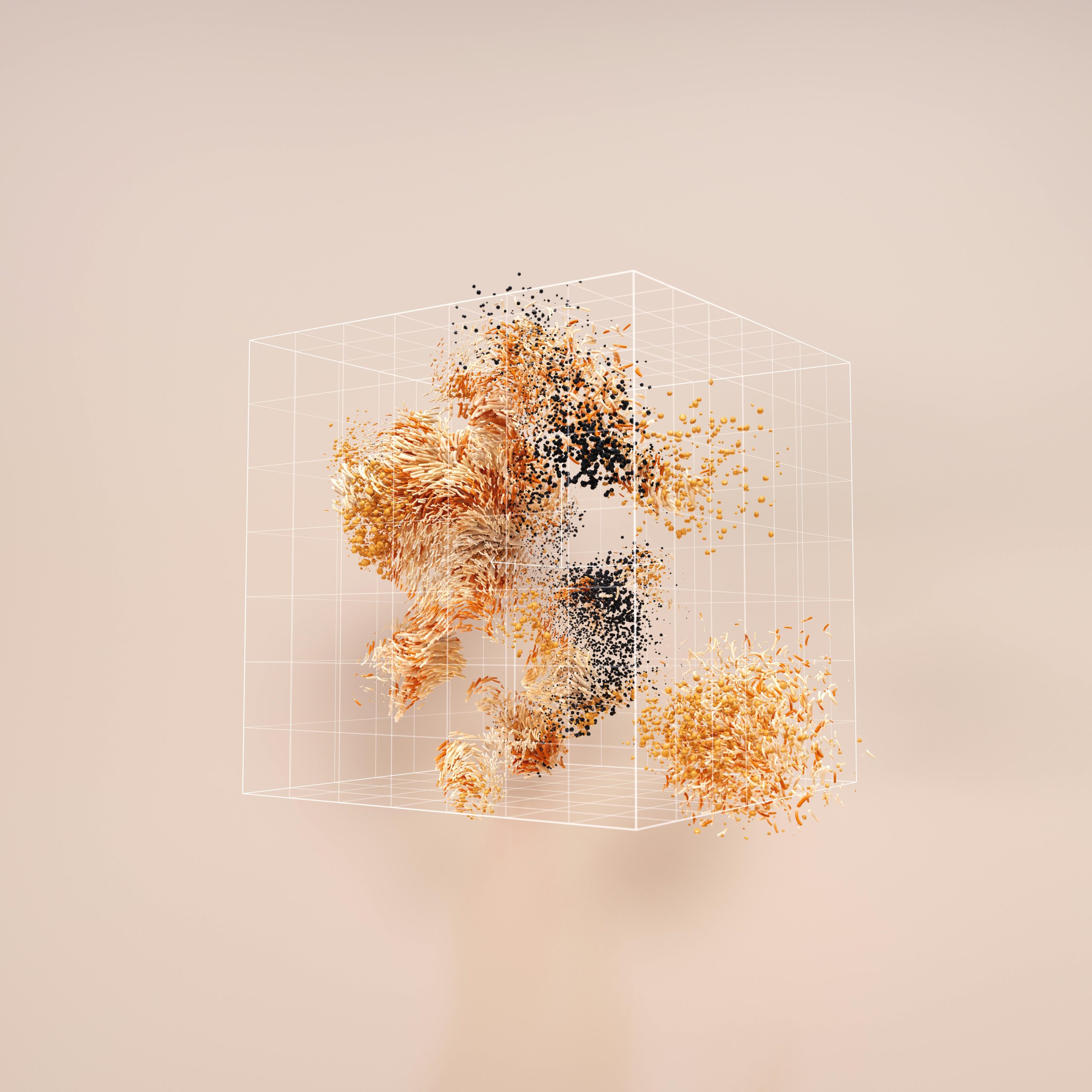
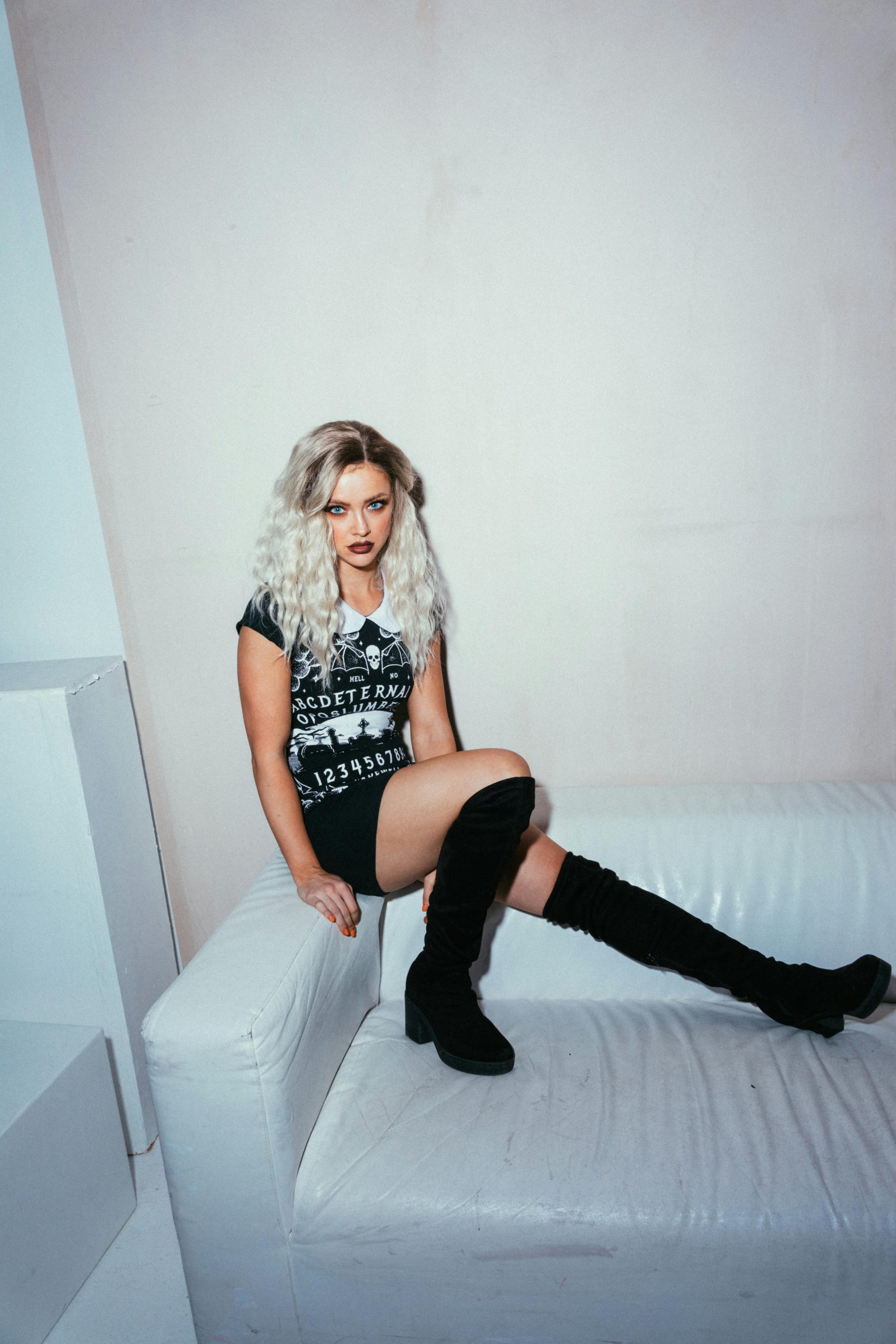
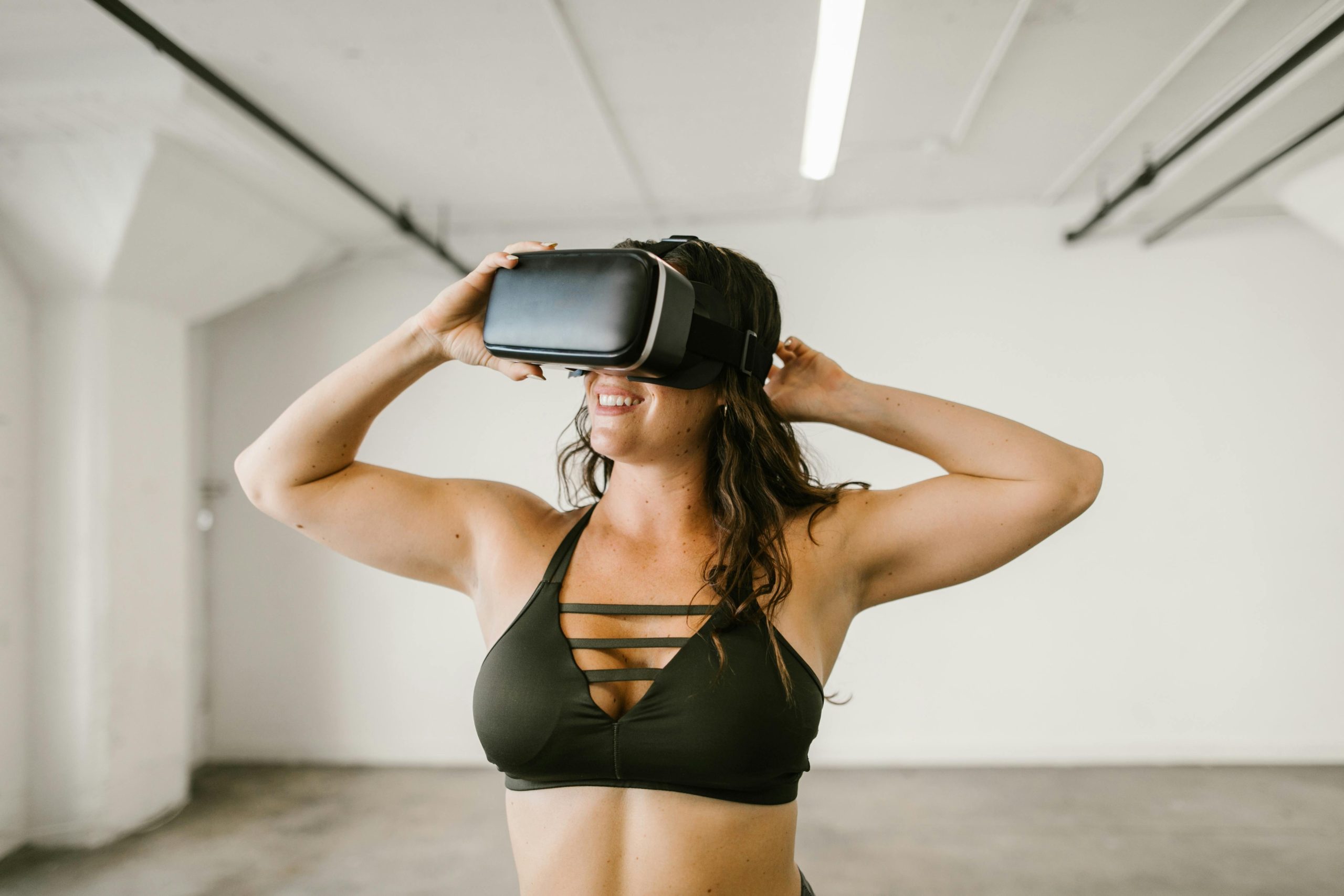
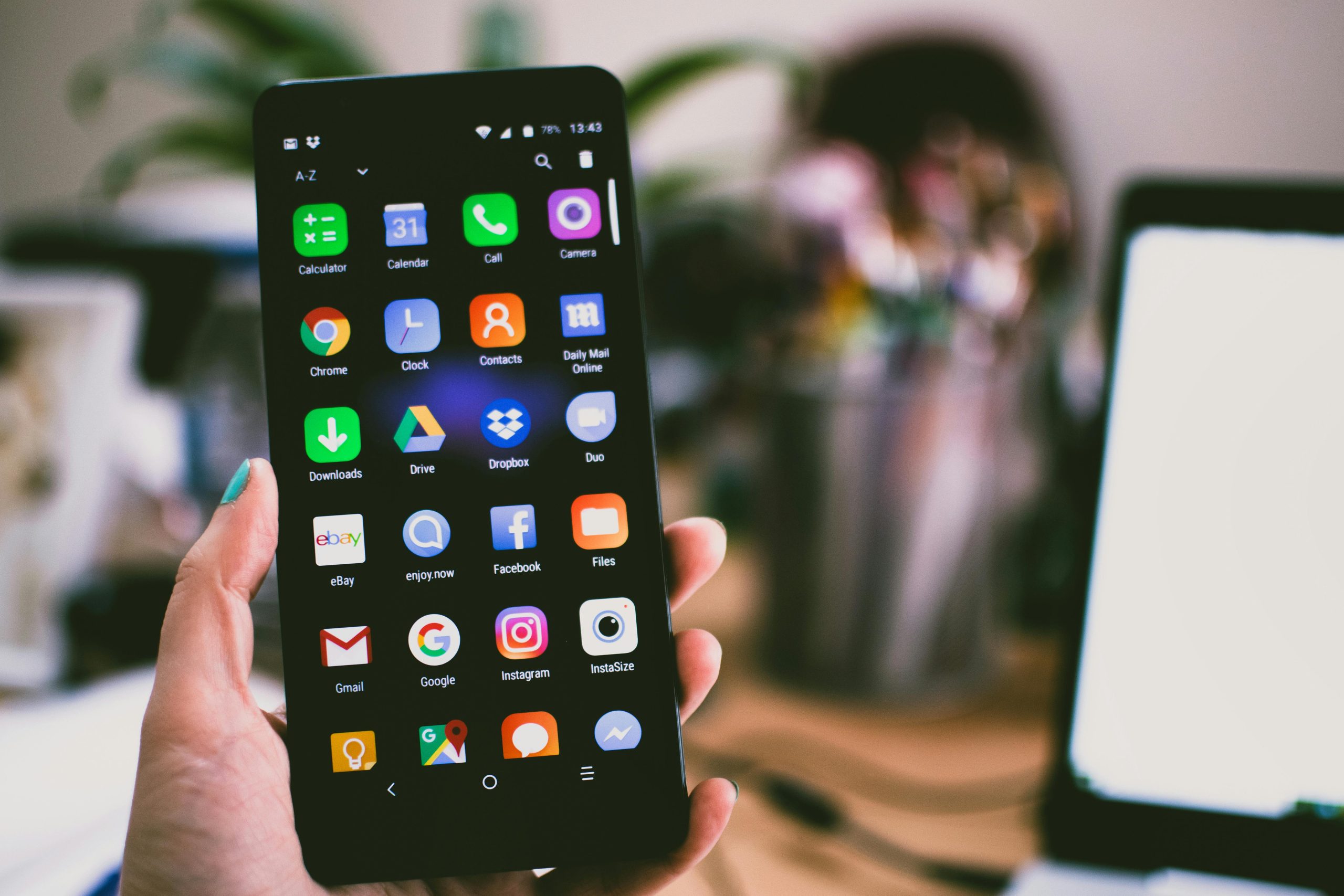




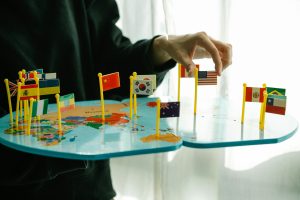
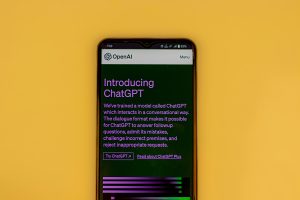
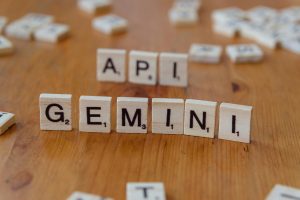



Post Comment